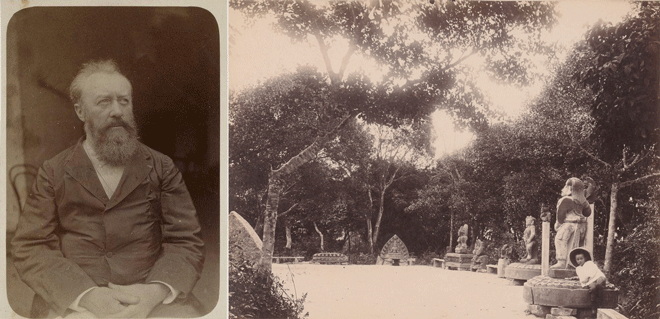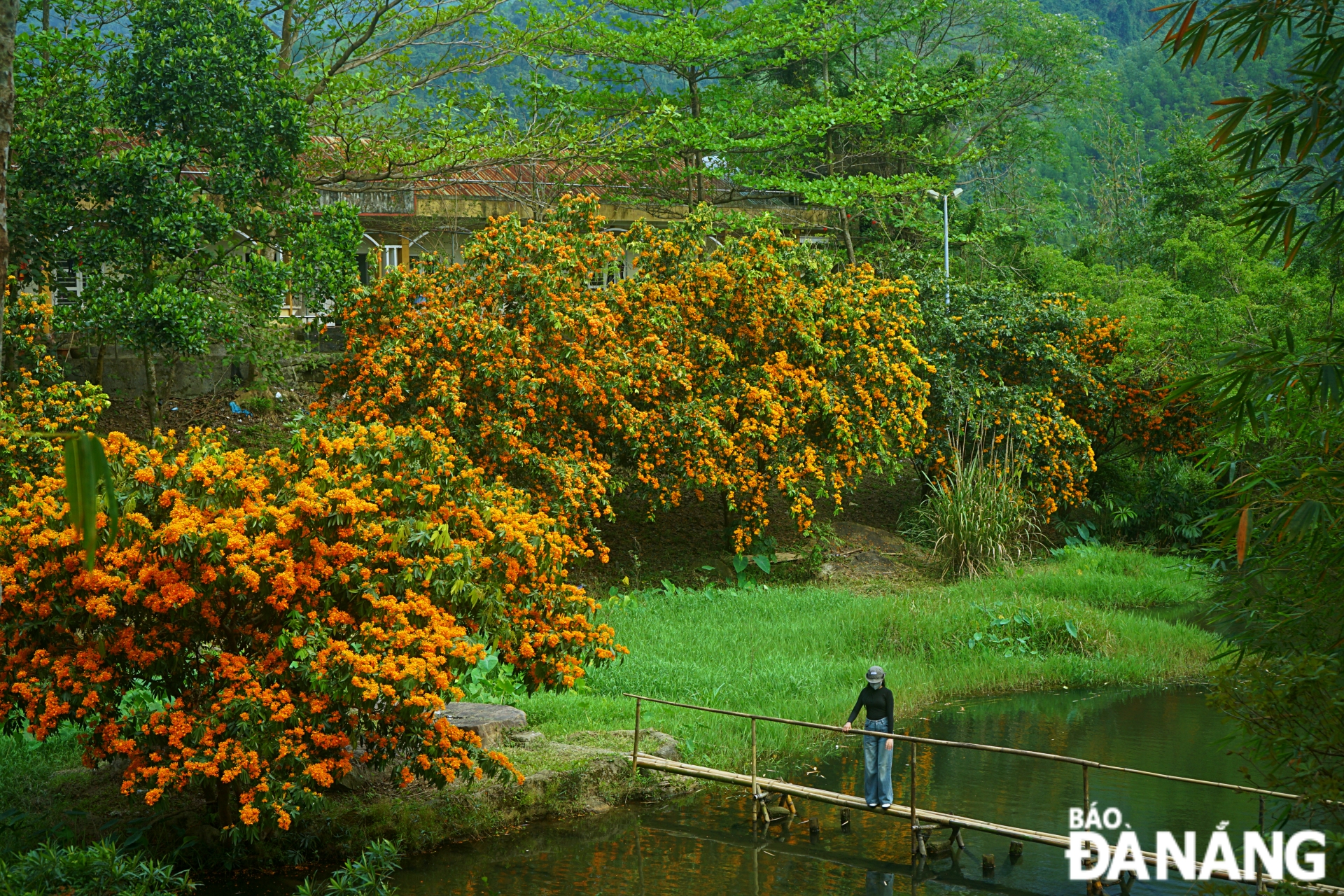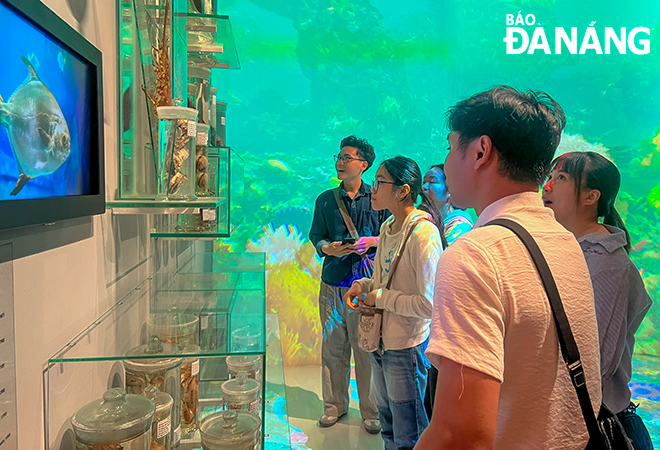French envoy lays foundation for Da Nang Museum of Cham Sculpture
Boasting over 100 years of preserving and bringing into play cultural values, the Da Nang Museum of Cham Sculpture is considered to be a unique place showcasing the quintessence of Cham people’s art of sculpture, which is a precious heritage of Da Nang and Viet Nam as a whole.
 |
| Portrait of Charles Lemire (left) and some Cham sculptures on display at the Tourane Park, the forerunner of the Da Nang Museum of Cham Sculpture. Photo taken by Charles Lemire, published by the National Library of France |
The idea of building a museum to house Cham sculptures was initiated by Charles Lemire (1839-1912), a French Résident in Central Viet Nam.
In 1891, Charles Lemire worked as a French envoy in Tourane (currently known as Da Nang) and Faifo (currently known as Hoi An City).
In 1892, Lemire took 50 sculptures to the Tourane Garden, the present site of the museum. After that, he continued to collect and add to the collection up to 90 Champa sculpture artifacts.
In 1893, he proposed that the colonial authorities establish a museum in Tourane to safely store the sculptures in place of the open-air exhibition.
However, it was not until 1915, three years after his death, that the first structure was built.
Although the construction finished in 1916, the museum, known as Musée de Tourane, was not opened until April 1919. The building, which initially displayed 236 objects, was designed by two French architects, Delaval and Auclair, with architectural elements based on drawings by Henri Parmentier, an architect and archaeologist working for the École Française d’Extrême-Orient (EFEO).
Aside from enriching a collection of Cham sculptures at the Tourane Garden, he brought many valuable and honest documentary photos that show the current status and early landscape of a primitive exhibition area, the predecessor of the Museum of Cham Sculpture. These are panoramic photos of an "outdoor museum" filled with Cham sculptures and photos depicting a number of groups of statues randomly arranged by antique collectors.
Notable are the black and white, and colour photos taken by Charles Lemire in April 1892 in the Tourane Garden.
Specifically, the black and white photo showcases many Cham sculptures, and a baby playing on the pedestal of the Statue of a guardian deity on its right corner.
Meanwhile, a colour photo features a group of statues and a lintel showing the reliefs of royal life with musicians and dancers which is also a pedestal for the Statue of goddess Uma. To the right of the photo is a relief of Kala, and to the left is a statue of a monk, both placed on a pedestal.
The most special is photos of parts of Tra Kieu Pedestal - a national treasure that he brought here in December 1891 and January 1892.
Through the aforementioned photos, it can be seen that, when discovered, the parts of the Tra Kieu Pedestal were separated from each other. Then, archaeologists brought the pedestal back to its original state for the current display at the Da Nang Museum of Cham Sculpture.
Thanks to that, today we can enjoy the unique lines showing the four lions supporting the pedestal and the legendary figures from the epic Ramayana carved around four sides as well as the linga and yoni statues at the Tra Keiu Pedestal.
Charles Lemire was a man who left his mark in preserving and honouring heritage in the colony. He was the one who laid the foundation for the birth of the Tourane Garden, the forerunner of the Da Nang Museum of Cham Sculpture.
As a photography enthusiast, the French ambassador left for posterity many sets of black-and-white and colour photos with documentary and artistic value on Cham architecture and sculpture.
His photos were published in photo books, printed postcards, and archived at the Musée de l'Homme in France. They are really ‘precious jewels’ in the treasure of documentary heritage and are very necessary in researching and discovering Cham culture.
Reporting by TRAN TAN VINH - Translating by M.DUNG








